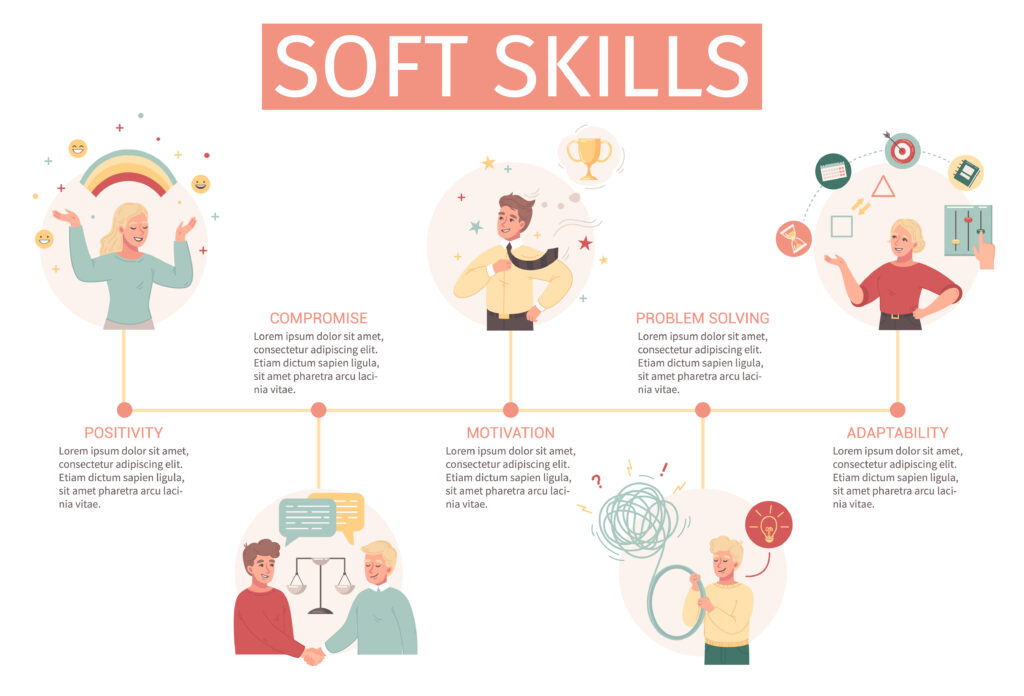In today’s rapidly evolving business landscape, organizations are facing an unprecedented challenge: a widening skills gap. With the demand for skilled workers far exceeding the supply, companies are scrambling to find ways to bridge this gap and ensure their workforce is equipped for the future.
What's driving this skills gap?
Several factors are at play:
The rise of automation: Automation is transforming many industries, displacing workers in some roles while creating new opportunities in others. As machines take over routine tasks, workers need to develop higher-level skills, such as creativity, problem-solving, and critical thinking.
The shift toward a digital economy: The digital economy is booming, and businesses are increasingly reliant on technology. This means that workers need to have a strong understanding of digital technologies, such as cloud computing, data analytics, and cybersecurity.
The changing nature of work: The traditional 9-to-5 workday is becoming a thing of the past. As work becomes more flexible and project-based, workers need to be adaptable and self-sufficient.
Skills in High Demand
Udemy’s 2024 Global Learning & Skills Trends Report identifies several skills that are in high demand across various industries. These include:
Cloud computing: Organizations are increasingly relying on cloud-based services, creating a high demand for cloud architects, engineers, and security specialists.
Data analytics: As businesses collect more data, they need skilled workers who can analyze and interpret that data to make informed decisions.
Cybersecurity: With the growing threat of cyberattacks, organizations need cybersecurity professionals to protect their data and systems.
Artificial intelligence (AI): AI is transforming industries, and businesses are seeking workers with expertise in AI development, machine learning, and natural language processing.
Soft skills: While technical skills are essential, soft skills are equally important. Employers are looking for workers who are creative, adaptable, and have strong communication and teamwork skills.

How to Address the Skills Gap
Addressing the skills gap requires a multifaceted approach. Here are some steps that organizations can take:
Identify your skills needs: Organizations need to conduct a thorough assessment of their current workforce and identify the skills they will need in the future. This can be done through surveys, interviews, and skills gap analysis tools.
Develop upskilling and reskilling programs: Once you’ve identified your skills needs, you can develop programs to help your employees acquire those skills. This can be done through online training, in-person workshops, and mentoring programs.
Partner with educational institutions: Organizations can partner with local colleges, universities, and vocational schools to develop training programs that align with their specific needs.
Promote a culture of learning: Organizations need to create a culture that values learning and development. This means encouraging employees to take advantage of training opportunities, providing them with time to learn, and rewarding them for their development efforts.
Hire for skills, not just degrees: Organizations need to move away from traditional hiring practices that focus on degrees and certifications, and instead focus on the skills that are actually required for the job.
Addressing the skills gap is a long-term investment, but it is one that is essential for organizations to remain competitive in the years to come. By taking proactive steps to develop the skills of their workforce, organizations can ensure that they have the talent they need to succeed in the ever-changing world of work.
Learn more about skills in demand in our recent blog post:
Future of Jobs Report 2023: Top Skills in Demand for 2025